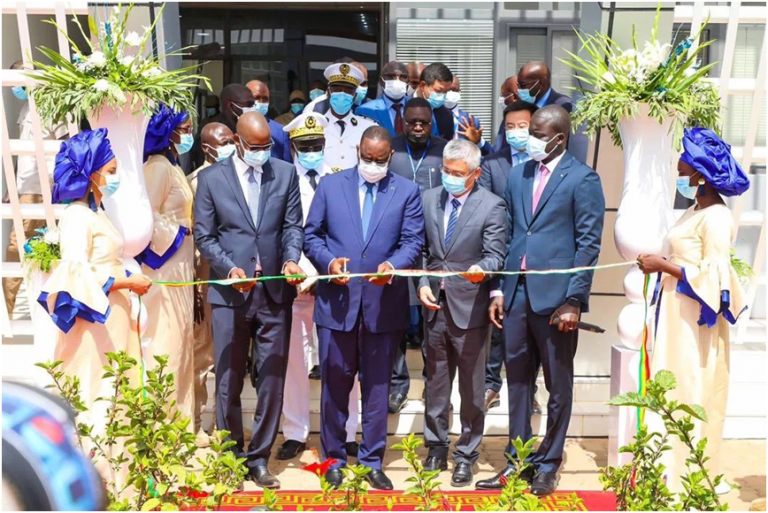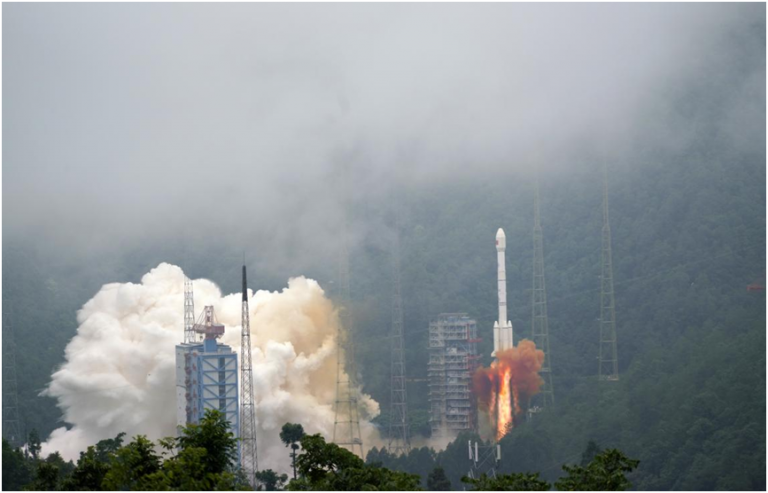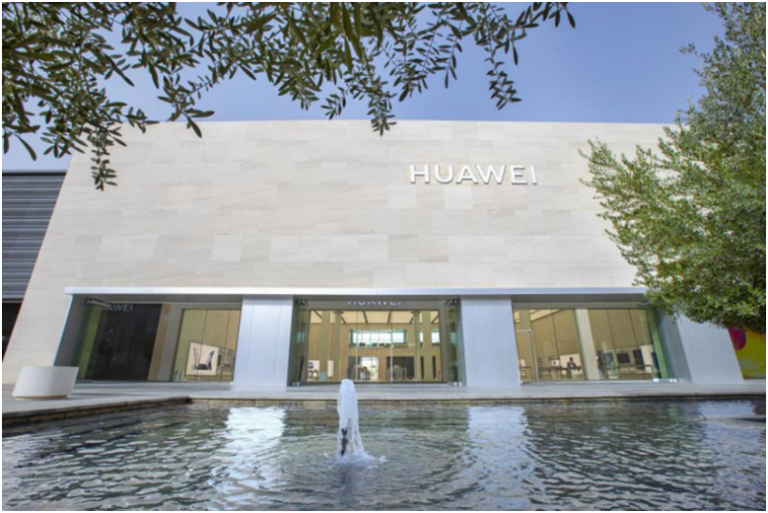
By Lin Zihan
The Digital Silk Road cooperation mechanism, established by China in 2017, has constantly assisted Belt and Road countries to improve digital infrastructure, raise internet penetration, and promote digital infrastructure connectivity.
It has created new opportunities of economic growth and digital transformation for relevant countries, advancing the innovative development of Belt and Road cooperation.
Digital economy is an important engine driving global recovery and growth, and one of the important areas of cooperation defined by the Global Development Initiative (GDI).
China enjoys a sound industrial foundation and a huge market for promoting the Digital Silk Road cooperation mechanism.
According to statistics released by the Ministry of Industry and Information Technology, China’s digital economy grew from 27 trillion yuan ($3.75 trillion) to 45 trillion yuan from 2017 to 2021, ranking second in the world and registering an annual compound growth of 13.6 percent.
A recent report by the Cyberspace Administration of China also indicated rapid development of China’s digital technologies in terms of innovation. The country is now among the world’s best players of artificial intelligence, cloud computing, big data, block chain, quantum information and other emerging information technologies.
Based on this, China has continuously deepened its cooperation on digital economy with the countries and regions along the Belt and Road to share its development dividends.

Memorandums of Understanding on building the Digital Silk Road were signed between China and 17 partner countries. China has also established a Silk Road E-commerce bilateral cooperation mechanism with 23 countries and built 34 cross-border land cables and multiple international submarine cables with neighboring countries.
In recent years, China’s information technology, as well as relevant hardware and software products, has been widely used in countries and regions along the Belt and Road. A number of cooperation projects in the field have been implemented, benefiting local communities.
Alibaba, Baidu and other Chinese tech giants have entered the commercial and telecommunications markets in the Middle East and Northern Africa.
China’s Huawei, considered to be a global leader in 5G technology and one of the largest suppliers of telecommunication devices, became one of the first fully-owned technology companies operating in Qatar in 2018. It has significantly promoted 5G development in the country.
A year later, Huawei signed a partnership agreement with Saudi Arabia’s leading telecommunications provider, Zain, to launch the first 5G local area network in the Middle East and North Africa.
Besides, the Chinese tech firm has also set up an open laboratory in Cairo, Egypt, that maintains cooperation with many local universities and offers training courses for local students.
In Kenya, a “mobile wallet” application co-developed by China and Africa has become an indispensable transfer, paying, receiving and loaning tool for local people. Under the technical support of the Chinese side, the application is now under stable operation and comes with rich functions. According to statistics released in March this year, the application has gained over 30 million monthly active users.
China’s BeiDou Navigation Satellite System (BDS) has also joined agriculture, telecommunication, marine monitoring and disaster relief activities along the Belt and Road. It is reported that China has exported its basic products of the BDS to more than 120 countries and regions, including those along the Belt and Road. The Chinese navigation system is widely applied in agriculture and land surveying in Southeast Asian countries such as Thailand and Laos. Besides, China has established a ground-based augmentation system of the BDS in Pakistan.

At present, some countries and regions along the Belt and Road are still seeing weak digital infrastructure and low access rates to the internet. China is working to help these countries and regions reinforce digital infrastructure, in an effort to create new opportunities and areas of growth for their economic development.
So far, China and South Africa have jointly released the first 5G independent networking commercial network in Africa, and a national data center has also been put into use in Senegal with the financial and technical support of China.
The State Council rolled out a plan to facilitate the development of the digital economy in the 14th Five-Year Plan period (2021-2025) in January this year. The plan encourages Chinese enterprises in the digital economy sector to engage in international cooperation in a more active manner.
China will strengthen its efforts to expand international cooperation on digital economy, and further improve the institutional environment in this regard, the plan said.
China has made efforts to address complex topics related to the digital economy and will pioneer solutions to global development, said the World Economic Forum on its website.










